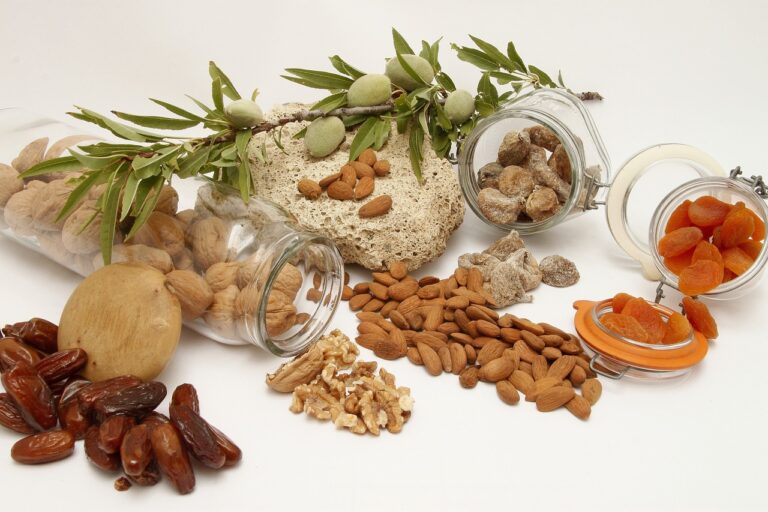Farming Innovations: From Vertical Farming to Aquaponics
In recent years, farming innovations have revolutionized the way we produce food. From advanced machinery and automation to precision agriculture techniques, farmers are incorporating technology to enhance efficiency and sustainability in their operations. These innovations not only streamline processes but also contribute to reducing environmental impact and increasing yields.
One of the most promising innovations is vertical farming, which involves growing crops in stacked layers vertically, often in controlled environments like indoor warehouses. This method allows for year-round production, maximizes land use efficiency, and minimizes water consumption. Vertical farming is particularly advantageous in urban areas where space is limited, providing fresh produce closer to the consumer while reducing transportation costs.
Vertical Farming
Vertical farming is a cutting-edge agricultural technique that involves cultivating crops in vertically stacked layers or inclined surfaces. This innovative method maximizes the use of vertical space, allowing for higher crop yields in a smaller footprint compared to traditional farming practices.
By utilizing advanced technology such as hydroponics or aeroponics, vertical farming does not rely on soil for plant growth. Instead, nutrient-rich solutions are used to deliver essential minerals directly to the plant roots. This method helps to conserve water and reduce the need for pesticides, creating a more sustainable and efficient farming system.
Hydroponics
Hydroponics is a modern method of growing plants without the use of soil. Instead, plants are grown in a nutrient-rich water solution that provides them with all the essential minerals they need to thrive. This innovative technique allows farmers to grow crops in a more controlled environment, leading to higher yields and faster growth rates.
One of the main advantages of hydroponics is its ability to conserve water. By recirculating the nutrient solution, this method uses significantly less water than traditional soil-based farming. Additionally, hydroponic systems can be set up in a variety of locations, making them ideal for urban areas where arable land is limited.
• Hydroponics is a soil-less method of growing plants
• Plants are grown in a nutrient-rich water solution
• Allows for higher yields and faster growth rates
• Conserves water by recirculating the nutrient solution
• Ideal for urban areas with limited arable land
What is hydroponics?
Hydroponics is a method of growing plants without soil, using nutrient-rich water solutions instead.
How does hydroponics work?
In hydroponics, plants are grown in a controlled environment where their roots are submerged in nutrient solutions that provide all the essential elements for growth.
What are the benefits of hydroponic farming?
Hydroponic farming allows for more efficient use of water, space, and nutrients, leading to higher yields and faster growth rates compared to traditional soil-based farming.
Can hydroponic farming be done indoors?
Yes, hydroponic farming is well-suited for indoor environments, making it ideal for urban areas or regions with limited arable land.
Is hydroponic farming sustainable?
Yes, hydroponic farming is considered to be a more sustainable farming method as it requires less water and land, and eliminates the need for pesticides and herbicides.
What types of plants can be grown using hydroponics?
Virtually any type of plant can be grown using hydroponics, including leafy greens, herbs, fruits, and vegetables.
What are the challenges of hydroponic farming?
Some challenges of hydroponic farming include the initial setup costs, maintaining the optimal nutrient balance, and preventing diseases in the absence of soil.







